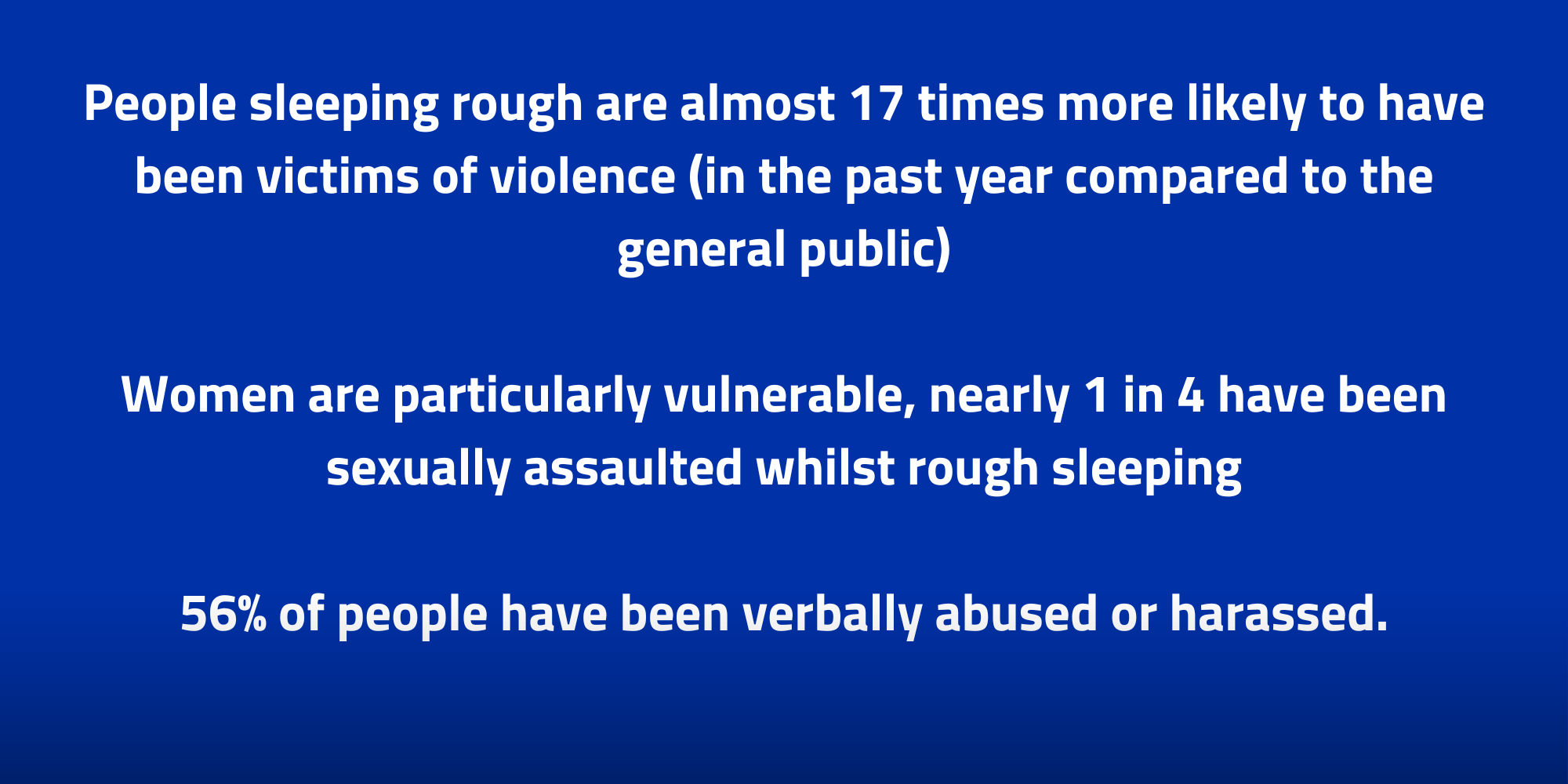
The term ‘safe space’ has been floating around the internet for a while: now, it’s starting to appear in real-life environments. But what does it mean, and how does it relate to homelessness?
Broadly, a safe space is a place where a person feels confident to be themselves without worrying about emotional or physical harm from others. Because of this, a safe space will have different meanings for everyone.
Creating this is key to our work at The Connection. People experiencing homelessness can be in a constant state of fear due to the dangers they face by sleeping in unsafe conditions.
Creating this space can be difficult as people sleeping rough in London can come from all walks of life. They may have different needs to feel safe. For example, many women we support will only visit our centre on Wednesday, when we run our women-only space.
So how do we balance this? Clearly, a safe space for some may be an unsafe space for others.
Creating a safe space for people sleeping rough
Our experience tells us that everyone has unique needs when it comes to feeling safe, understood and respected.
That’s why we take a personalised approach with every person we work with. This is all part of our Theory of Change. Using this theory, we tailor our support to consider everyone’s unique needs and past experiences. This can be simple, like chatting in a public rather than a private space (or vice versa) or more complex like finding a specialist therapist.
When we worked with Sara, for example, she felt safest talking in our dining area and activities room – spaces she knew well and was familiar with.
Our in-house psychologist could begin engaging with her in informal, small doses in these settings that felt safe to her – for example, when she was waiting for a meal, or washing her clothes. This gradual approach worked well and led to more formal interactions over time.
By viewing safe spaces as more than a physical room, we are able to meet the needs of everyone we support. This can be through a friendly chat, comfort meal or lively art activity.


